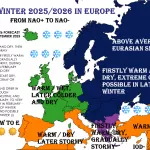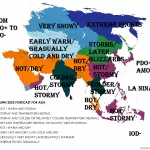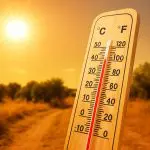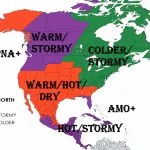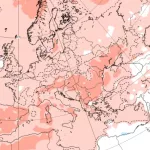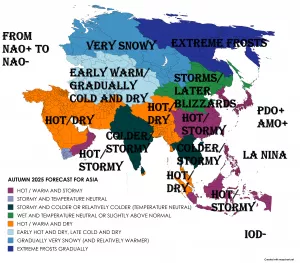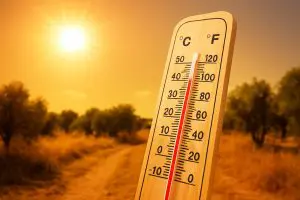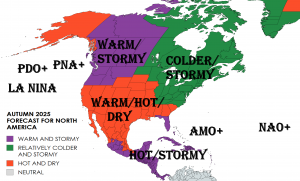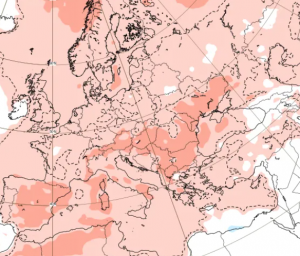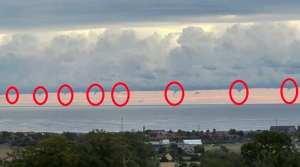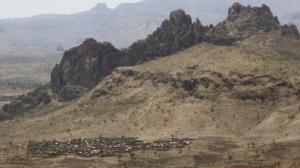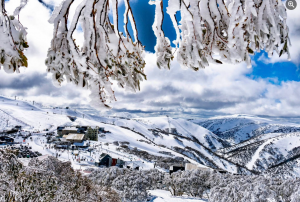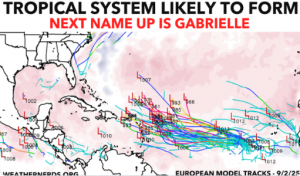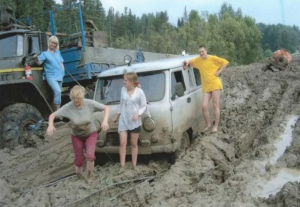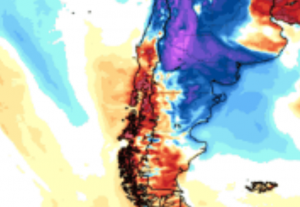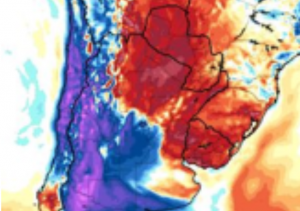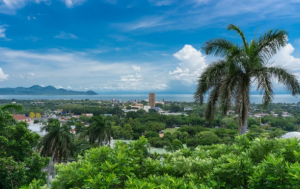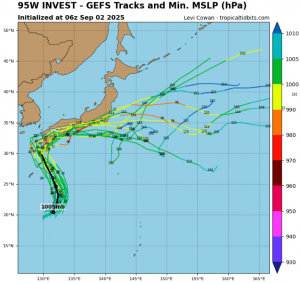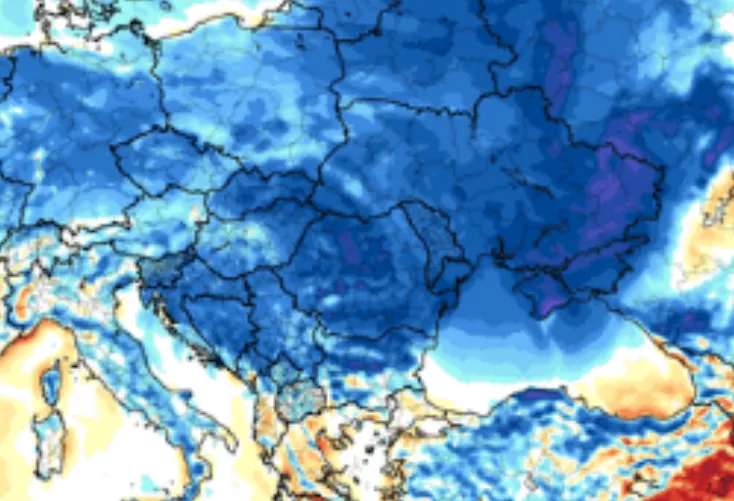
In late August 2025, several low-elevated populated valleys in the Balkans experienced unexpected summer frosts, highlighting the presence of cold-air pools and strong nocturnal radiative cooling. Notable observations include:
- Kosanica, Montenegro: –1.9 °C
- Miercurea Ciuc, Romania: –1.7 °C
- Karajukića Bunari, Serbia: –0.4 °C
These sub-zero temperatures in August are highly unusual for inhabited valleys at low to moderate elevations. The event was facilitated by several microclimatic and meteorological factors:
- Clear skies and calm winds: Overnight radiative cooling allowed surface and near-surface air temperatures to drop sharply.
- Topographic trapping: The valleys acted as cold-air sinks, accumulating dense, cold air due to gravity drainage.
- Dry continental air mass: Limited humidity enhanced cooling, as latent heat release was minimal.
- Weak synoptic disturbances: The absence of strong advection or turbulent mixing allowed stable nocturnal inversions to develop.
Impacts of these summer frosts include:
- Agriculture: Frost-sensitive crops in the valleys, such as late summer vegetables, vineyards, and orchards, faced potential damage, affecting yields.
- Infrastructure: Minor risks to exposed water pipes and sensitive equipment in valleys.
- Human Comfort: While short-lived, cold early-morning temperatures required extra precautions for residents in affected areas.
- Microclimate Research: These events provide valuable observations for cold-air pooling, frost forecasting, and valley microclimates, especially in regions not typically affected in summer.
The combination of local topography, clear and calm conditions, and continental air masses created conditions similar to classic radiative frost events normally seen in late autumn or early spring, but occurring in mid to late summer. Such summer frost events are rare in the Balkans but can have outsized effects on agriculture and local ecosystems.

Detail.

